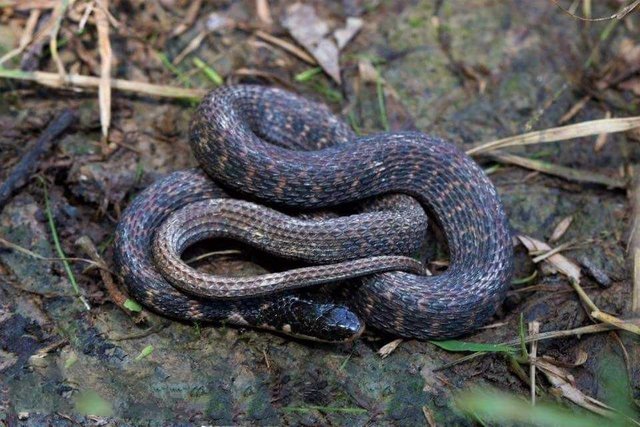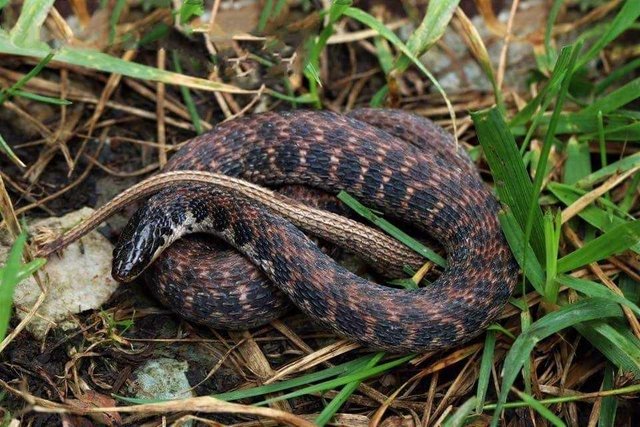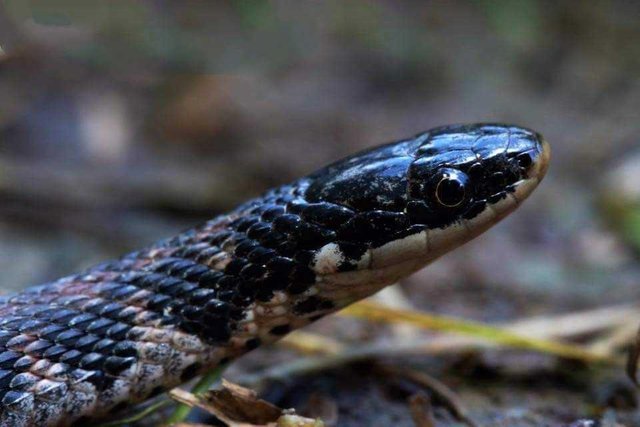searching for reptiles and amphibians

Pictures from last weekend in Indiana. Easily the best herping (searching for reptiles and amphibians) trip I have ever had—the only thing that would have made it better would have been having my brother along.
Finding two endangered species was unbelievable. Even intentionally searching for them in no way guarantees you will find them. Many people have never and will never have the awesome privilege of seeing these creatures. I hope that conservation of these snakes is enough to save them for future generations to enjoy.


Endangered Species:
Kirtland's Snake—a small, fossorial, and nocturnal species which spends its time hunting for worms in crayfish burrows. These snakes also estivate. Estivation is similar to hibernation except that it occurs in summer when temperatures are high and conditions are dry.
Copper-bellied Water Snake—A large, diurnal species which eats frogs, fish, and the like. This species specializes in temporary wetlands in the spring (vernal pools, floodplain forest, et cetera) and moves to more permanent lakes as those which are temporary dry up.
Other noteworthy species:
Black King Snake—King Snakes are known for their superiority over all other snakes. They are well-adapted snake eaters with an ability to resist venom as well as to overpower snakes larger than they are. They do this by using a different type of coil structure to constrict their prey which gives them not only greater control, but much greater force and pressure as compared to other snakes.
Rough Green Snake—these snakes are small, slender, quick, and have some outstanding camouflage. Green above to match the leaves and grass and a yellowish-green below to match the often-lighter underside of leaves. They are excellent climbers which spend most of their time in shrubs and trees hunting for insects.
Photos are in order of descriptions: Kirtland's, Copper-bellied, Black King, Rough Green